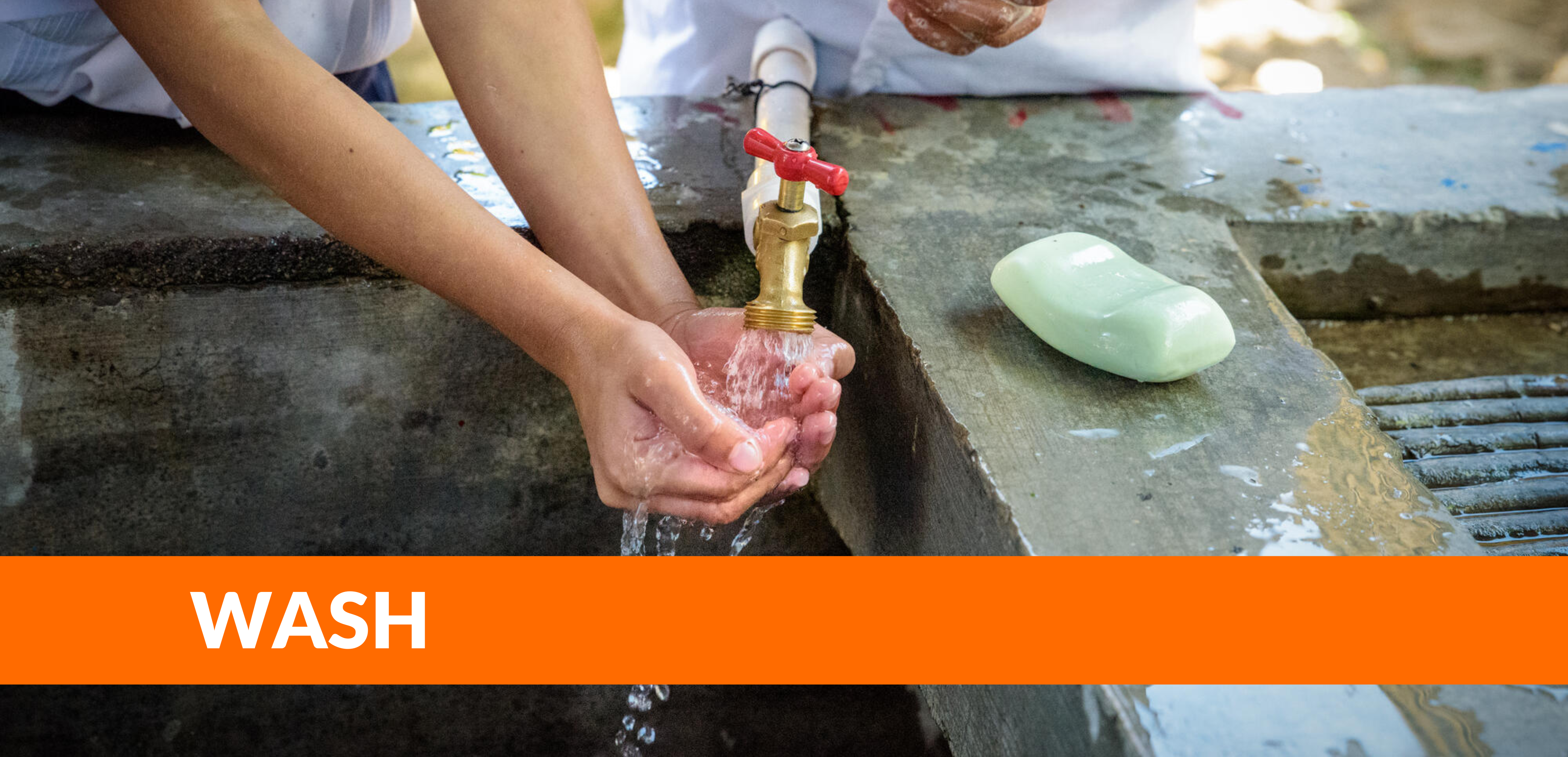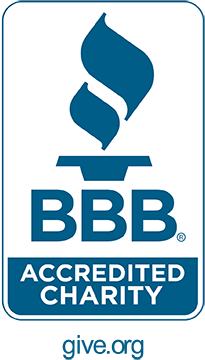The safe construction and proper hygienic use of sanitation facilities for the safe disposal of human waste can prevent human contact with feces and consequently the spread of disease. This practice is key to achieving Sustainable Development Goal (SDG) 6.2.
Nearly half the world’s population (44%) lacks safely managed sanitation services. In a 14-country evaluation of water, sanitation, and hygiene (WASH) services in countries where World Vision works, only 44% of households had at least basic sanitation facilities, including 21% with safely managed sanitation services. Sanitation is also a challenge outside of households. Only 28% of schools had basic sanitation facilities, and less than 1% of healthcare facilities met the criteria for a basic sanitation service. Though 90% of all healthcare facilities had access to their own sanitation facilities, most were downgraded to the limited-service level due to problems with conditions
or privacy that rendered them unusable (e.g., unstable slab, pit too big, pit caving in, full or overflowing pit, cracked or broken slab/toilet). Many also did not meet the needs of women, staff, or people with limited mobility.
Poor sanitation coverage and use are linked to a number of poor health outcomes, particularly diseases transmitted through the fecal-oral route, which are estimated to cause 432,000 diarrheal deaths per year. Eliminating open defecation through improvements in coverage and use of sanitation facilities has also been proven to reduce the incidence of soil-transmitted helminth infections, schistosomiasis, trachoma, malnutrition, and stunting, as well as improve well-being outcomes and social/economic development. According to the World Health Organization, the countries where open defecation is most widespread also have the highest mortality rates among children younger than 5, as well as the highest levels of malnutrition, poverty, and wealth disparity.





